
How to Use Geiger Counter Module Ionizing Radiation Detector: Examples, Pinouts, and Specs
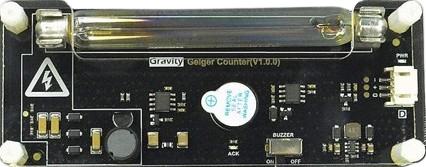
 Design with Geiger Counter Module Ionizing Radiation Detector in Cirkit Designer
Design with Geiger Counter Module Ionizing Radiation Detector in Cirkit DesignerIntroduction
The Gravity SEN0463 Geiger Counter Module is a highly sensitive electronic device designed to detect and measure ionizing radiation, including alpha, beta, and gamma rays. It utilizes a Geiger-Müller (GM) tube to detect radiation particles and convert them into electrical pulses, which can then be processed and displayed. This module is ideal for applications in environmental monitoring, educational experiments, and radiation safety.
Explore Projects Built with Geiger Counter Module Ionizing Radiation Detector
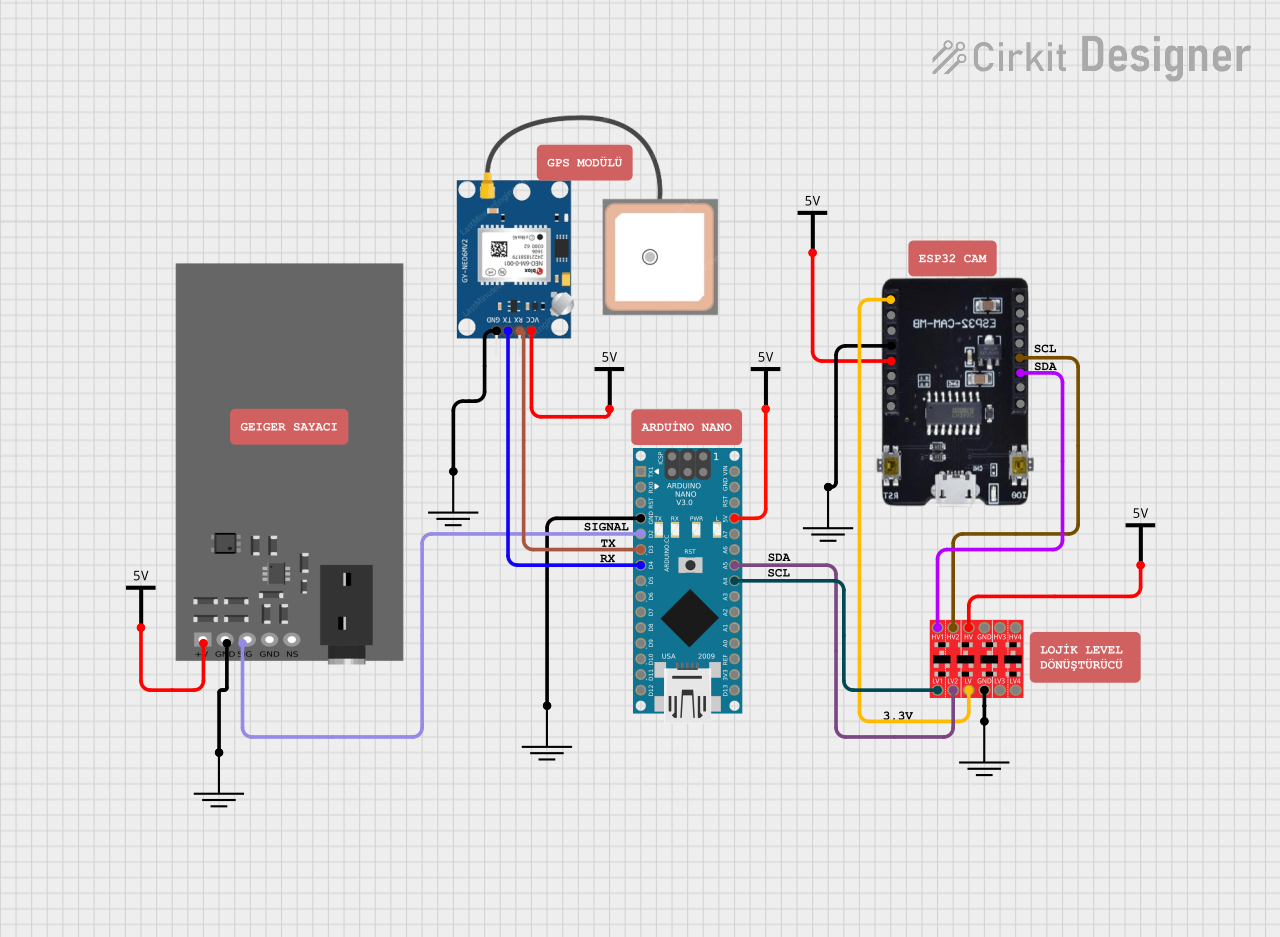
 Open Project in Cirkit Designer
Open Project in Cirkit Designer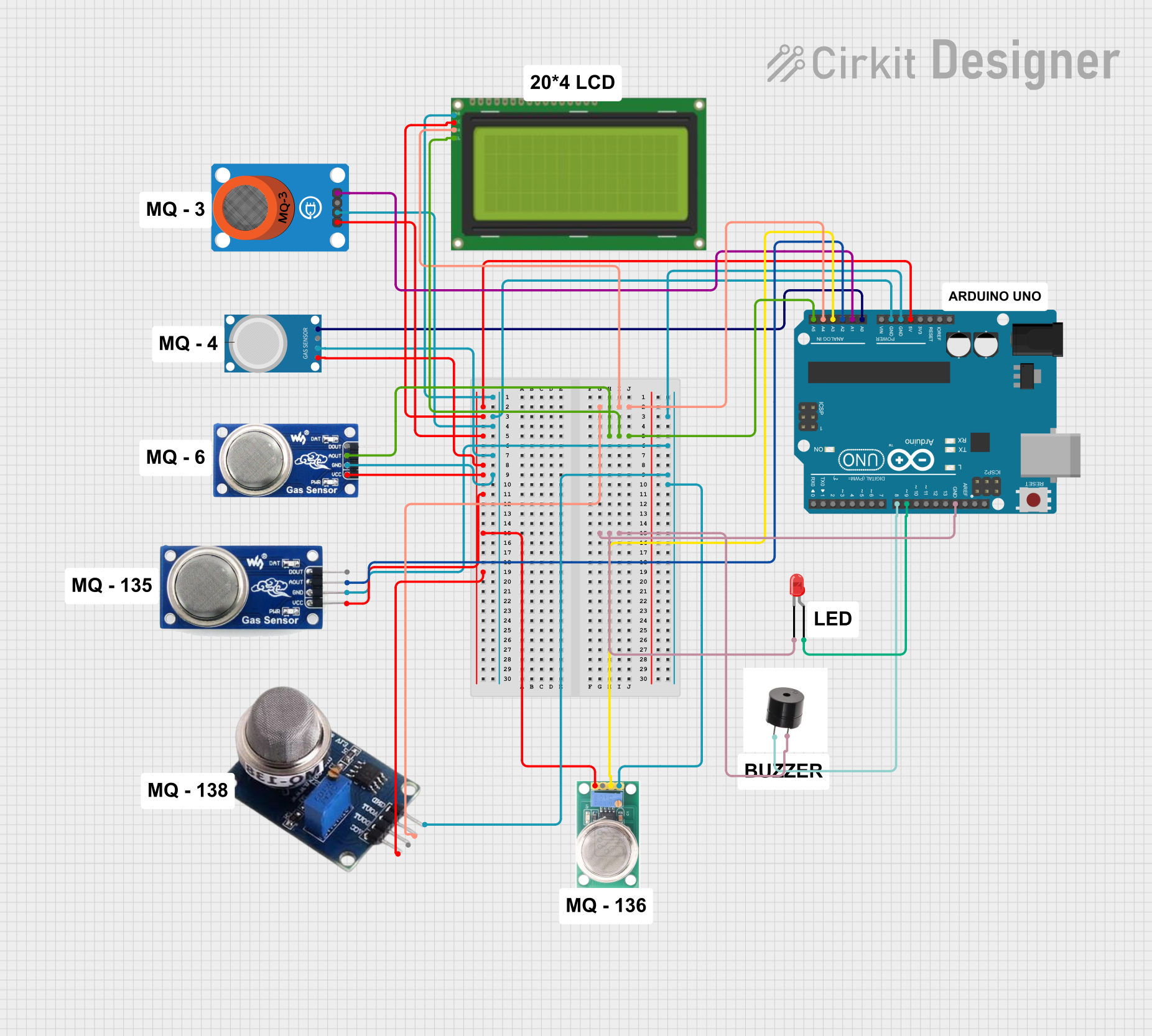
 Open Project in Cirkit Designer
Open Project in Cirkit Designer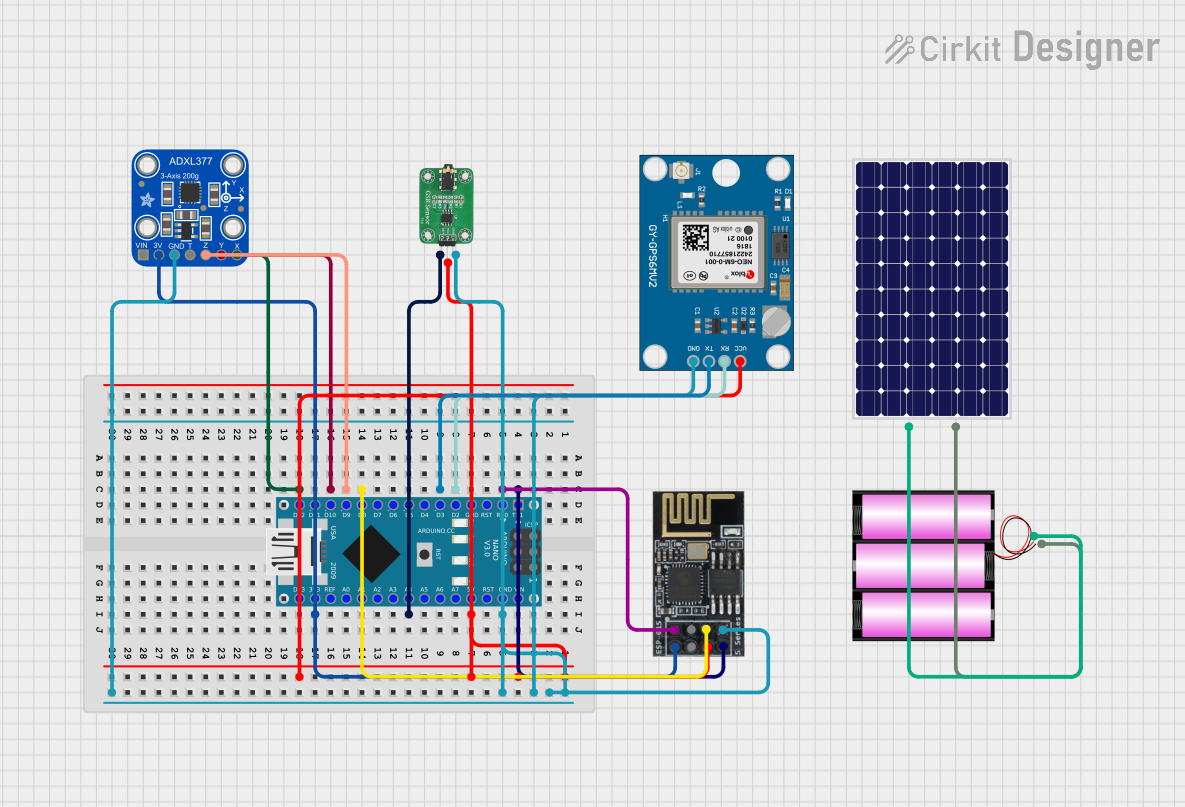
 Open Project in Cirkit Designer
Open Project in Cirkit Designer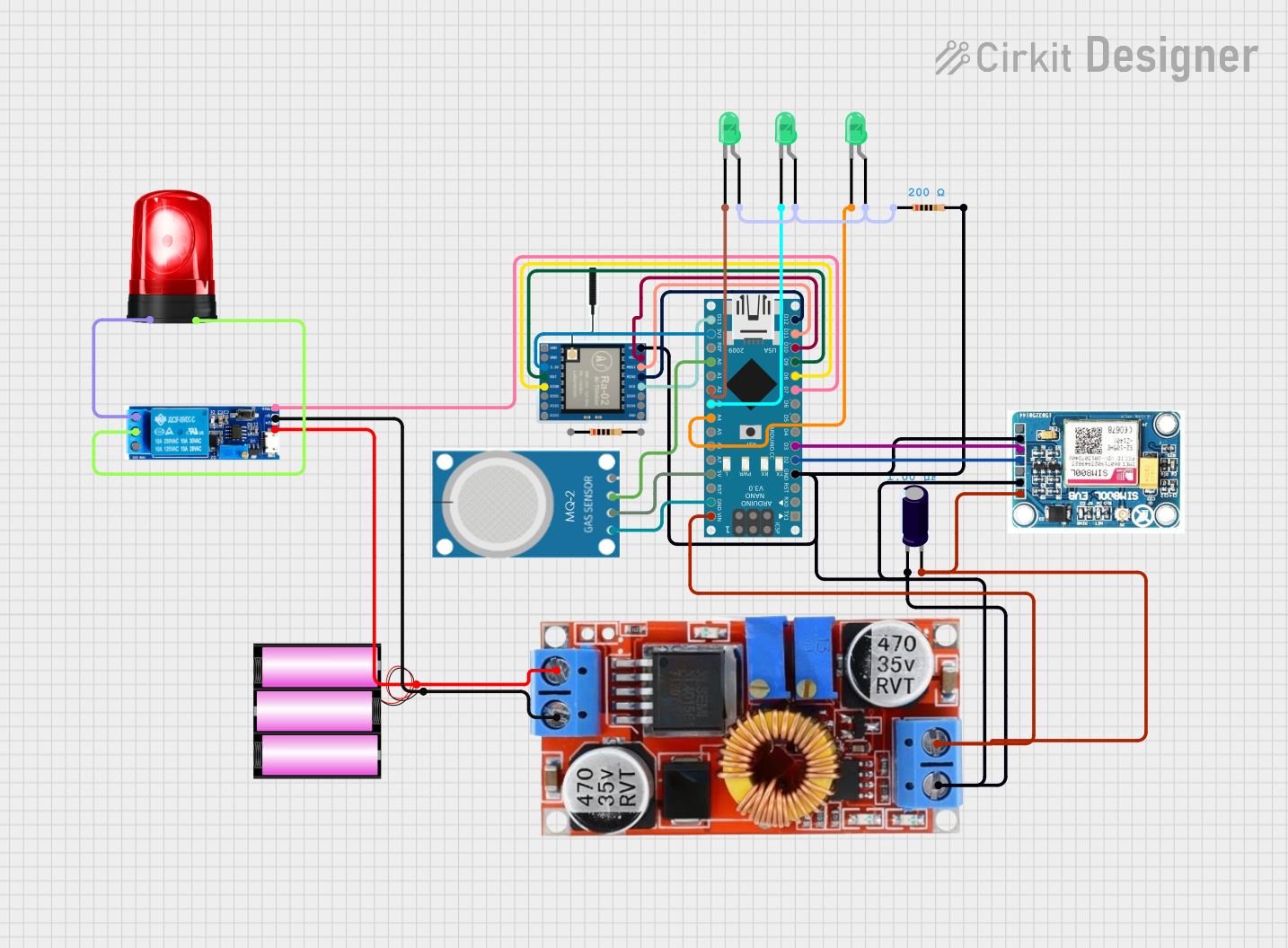
 Open Project in Cirkit Designer
Open Project in Cirkit DesignerExplore Projects Built with Geiger Counter Module Ionizing Radiation Detector

 Open Project in Cirkit Designer
Open Project in Cirkit Designer
 Open Project in Cirkit Designer
Open Project in Cirkit Designer
 Open Project in Cirkit Designer
Open Project in Cirkit Designer
 Open Project in Cirkit Designer
Open Project in Cirkit DesignerCommon Applications and Use Cases
- Environmental Monitoring: Measuring background radiation levels in various environments.
- Radiation Safety: Detecting hazardous radiation levels in industrial or medical settings.
- Educational Tools: Teaching students about ionizing radiation and its detection.
- DIY Projects: Integrating radiation detection into custom electronics projects.
Technical Specifications
The following table outlines the key technical details of the Gravity SEN0463 Geiger Counter Module:
| Parameter | Specification |
|---|---|
| Operating Voltage | 3.7V to 5.5V |
| Operating Current | ≤ 120mA |
| Detection Range | 0.1 μSv/h to 1,000 μSv/h |
| Supported Radiation Types | Alpha, Beta, Gamma |
| Output Signal | Digital pulse (high level: 5V) |
| Interface Type | 3-pin Gravity interface |
| Dimensions | 85mm x 55mm x 24mm |
| Weight | 70g |
Pin Configuration and Descriptions
The module features a 3-pin Gravity interface for easy connection. The pinout is as follows:
| Pin | Name | Description |
|---|---|---|
| 1 | VCC | Power supply input (3.7V to 5.5V) |
| 2 | GND | Ground connection |
| 3 | SIGNAL | Digital output signal (pulses corresponding to radiation events) |
Usage Instructions
How to Use the Component in a Circuit
- Power the Module: Connect the VCC pin to a 3.7V to 5.5V power source and the GND pin to the ground.
- Connect the Signal Pin: Attach the SIGNAL pin to a microcontroller's digital input pin (e.g., Arduino UNO) to read the radiation pulses.
- Monitor Radiation: Use the digital pulses from the SIGNAL pin to calculate the radiation level. Each pulse corresponds to a detected radiation event.
Important Considerations and Best Practices
- Safety First: While the module itself is safe, ensure you handle radioactive materials with care and follow all safety guidelines.
- Avoid High Humidity: The GM tube is sensitive to moisture. Use the module in a dry environment to prevent damage.
- Power Supply: Ensure a stable power supply within the specified voltage range to avoid malfunction.
- Pulse Counting: Use a microcontroller or counter circuit to count the pulses over a specific time period to calculate the radiation dose rate.
Example Code for Arduino UNO
Below is an example code snippet to interface the Gravity SEN0463 Geiger Counter Module with an Arduino UNO:
// Geiger Counter Module (SEN0463) Example Code
// This code reads radiation pulses from the SIGNAL pin and calculates the CPM
// (Counts Per Minute) and approximate radiation dose rate in μSv/h.
const int signalPin = 2; // Connect SIGNAL pin to digital pin 2
volatile int pulseCount = 0; // Variable to store pulse count
unsigned long previousMillis = 0; // Timer for 1-minute interval
const unsigned long interval = 60000; // 1 minute in milliseconds
void setup() {
pinMode(signalPin, INPUT); // Set SIGNAL pin as input
attachInterrupt(digitalPinToInterrupt(signalPin), countPulse, RISING);
Serial.begin(9600); // Initialize serial communication
}
void loop() {
unsigned long currentMillis = millis();
// Check if 1 minute has passed
if (currentMillis - previousMillis >= interval) {
previousMillis = currentMillis;
// Calculate radiation dose rate
float doseRate = pulseCount * 0.00812; // Conversion factor for μSv/h
Serial.print("CPM: ");
Serial.print(pulseCount);
Serial.print(", Radiation Dose Rate: ");
Serial.print(doseRate);
Serial.println(" μSv/h");
pulseCount = 0; // Reset pulse count for the next interval
}
}
// Interrupt service routine to count pulses
void countPulse() {
pulseCount++;
}
Notes on the Code
- The
countPulsefunction is triggered on each rising edge of the SIGNAL pin, incrementing the pulse count. - The conversion factor
0.00812is specific to the GM tube used in the SEN0463 module and converts CPM (Counts Per Minute) to μSv/h.
Troubleshooting and FAQs
Common Issues and Solutions
No Output Signal:
- Cause: Incorrect wiring or insufficient power supply.
- Solution: Double-check the connections and ensure the power supply is within the specified range (3.7V to 5.5V).
Inconsistent Readings:
- Cause: Electrical noise or unstable power supply.
- Solution: Use a decoupling capacitor (e.g., 0.1μF) across the power supply pins to filter noise.
High Background Radiation Levels:
- Cause: Environmental factors or nearby radioactive sources.
- Solution: Verify the environment and ensure no radioactive materials are present.
Module Overheating:
- Cause: Prolonged operation in high-temperature environments.
- Solution: Operate the module within the recommended temperature range and ensure proper ventilation.
FAQs
Q1: Can this module detect all types of radiation?
A1: The SEN0463 module can detect alpha, beta, and gamma radiation. However, the sensitivity to each type depends on the GM tube and environmental factors.
Q2: How do I calculate the radiation dose rate?
A2: Count the pulses over a 1-minute interval to get the CPM (Counts Per Minute). Multiply the CPM by the conversion factor (0.00812) to calculate the dose rate in μSv/h.
Q3: Is the module safe to use?
A3: Yes, the module is safe to use. However, always follow safety guidelines when working with radioactive materials.
Q4: Can I use this module with other microcontrollers?
A4: Yes, the module can be used with any microcontroller that supports digital input, such as Raspberry Pi, ESP32, or STM32.
By following this documentation, users can effectively integrate and utilize the Gravity SEN0463 Geiger Counter Module in their projects.